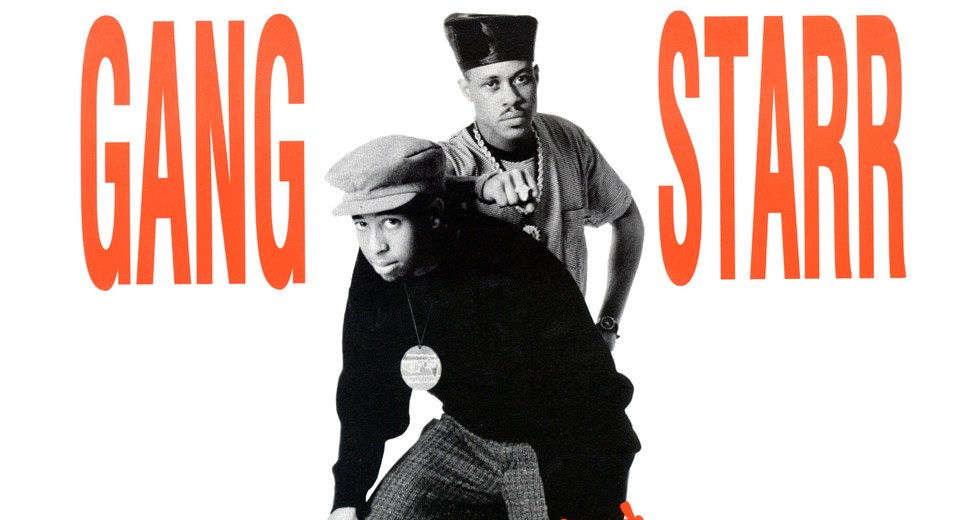Vince Staples: Stacking Copper
After an auspicious debut on Earl Sweatshirt’s 2010 mixtape, Vince Staples has quickly risen to become one of hip hop’s most exciting new talents. Anthony Obst catches up with the affiliate-averse lyricist.

“I just happened to be in the right place at the right time – a couple of times,” Vince Staples recalls over the phone ahead of a recent gig in Denver. (Staples was getting ready to play alongside the chart-topping, self-proclaimed “Man of the Year” Schoolboy Q.) Ever since his memorable debut on Earl Sweatshirt’s 2010 mixtape, Staples has exhibited a knack for surrounding himself with greatness. And greatness has repeatedly been keen to extend its hand to Vince Staples.
Staples – now 20 – first met Earl Sweatshirt through their mutual friend Syd when all of them were in their mid-teens. When Earl asked Vince to drop some bars on “epaR,” Staples offered up the same kind of unhinged, juvenile horrorcore verse that earned the Odd Future crew their notoriety early on. Its impact was only amplified upon Earl’s exile to Samoa. With every rap aficionado desperate to find out more about the Wolf Gang’s standout lyricist, many eyes turned to his only non-OF feature guest. For Staples, this was an entirely new situation.
“People think n**s don’t gang-bang like they used to anymore. But that’s still the life in Long Beach. Everybody did it at some point.”
“I never really wanted to be a rapper.” Up until his first mixtape appearance, Staples didn’t really want to be anything in particular. Roaming the streets of his native Long Beach, he got into his share of trouble, caught up in the gang-banging lifestyle of his peers. “People think n**s don’t gang-bang like they used to anymore. But that’s still the life in Long Beach. Everybody did it at some point.” Good grades and an eight month stint at a high school in Atlanta didn’t do much to convince Staples of an academic career. He dropped out of high school in his sophomore year because he thought a diploma wouldn’t mean much. Right around the same time, rapping gave him an outlet to keep himself busy.
Unwilling to let a potentially rewarding hustle slip away, Staples decided to turn the attention he’d been getting through his Earl verse into a base for business. “I needed to figure something out. I needed money, bruh. Ain’t nobody have no money around me. My mama needed some money. My sisters needed money. Somebody got to take care of my family.” As the youngest of five children, Vince took his new profession seriously and his new audience (and peers) quickly caught on.
“The first thing Mac [Miller] ever told me was, ‘I know who you are. Why don’t you make more music?’” Staples told Sway earlier this year, “I told him I didn’t have no beats.” The end result of that conversation was 2013’s Stolen Youth mixtape. Under his production alias Larry Fisherman, Miller provided a set of custom-crafted beats for Staples. But Miller took Staples under his wing in more ways than one. “He helped me figure my life out, as far as understanding responsibilities and stuff like that. I had to get there mentally before anything.”
From its opening phrases, Staples’ most recent mixtape, Shyne Coldchain Vol. 2, leaves no doubt about his growth and determination. Self-reliant hustler credos like “a penny saved is a penny earned / So I’ll be stacking up this copper as the city burn” sit next to visceral political commentary: “The black and brown been going through a holocaust / You see Obama just a house n*a to me.” As the closing line on mixtape opener “Progressive 3” suggests, Vince Staples is out for heavy chains, but also ready for revolution.
On “Nate,” Staples takes on a deeply personal stance, painting a vivid portrait of growing up in a culture built on a tradition of equating violence with manhood. “As a kid all I wanted was to kill a man” – the recurring line is at once childhood memory, remorseful confession and battle stripe. It’s the kind of song that Kendrick Lamar would record with Frank Ocean, combining personal tales and misguided fantasies with delicate social critique.
“Every rapper seems to needs a group of n**s behind them. That’s corny, I don’t believe in that.”
Staples’ shifts between the intensely personal and invitingly universal mirror his standing among the West Coast’s two major rap institutions. Though closely associated with both Odd Future and TDE, Staples has never officially joined the ranks of either crew. And he has his good reasons. “Every rapper seems to needs a group of n*s behind them. That’s corny, I don’t believe in that. Besides TDE, there’s no other musical branch that’s not a pyramid team. There’s a na at the top and other people at the bottom. I personally don’t feel like I have to be under nobody. So I never tried to be going into one of those situations.”
With an instinctive ear for beats and a natural understanding of how hooks work in car stereos, Staples’ talents exceed those of purely a strong lyricist. At the best of times, he channels the laidback demeanor of ’90s Snoop alongside the poignant street poetry of 2Pac. He’s got the skill-set to make his words be heard, and the street-smart savvy to make them stick. Similar to Kendrick Lamar, Staples knows the workings of the m.A.A.d city he’s up against and he’s setting out to escape them. He won’t shove solutions into your face. But he’s happy to provide a basis for them in his own tales. “I’ve been a part of the problem for a very large part of my life, so why would I continue to do that through music?”
Header image: Vince Staples Facebook

